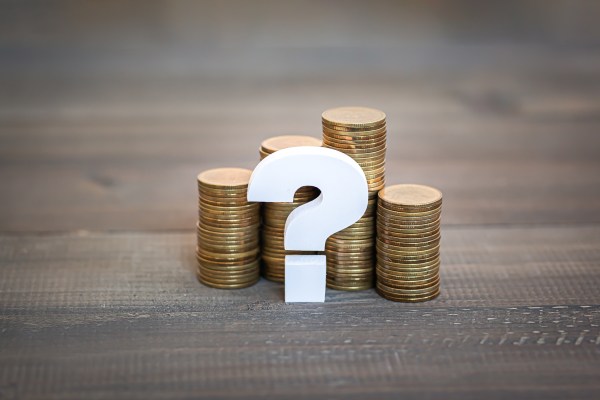SAFEs, simple agreements for future equity, have long been touted as a founder-friendly structure for signing venture deals. But is it really fair to call them that?
TechCrunch+ recently surveyed a handful of VCs and founders about how they’re feeling about SAFE rounds in this tougher fundraising market, especially now that power has largely shifted back to investors. We found that while both groups championed the deal structure at the earliest stages and for capital raises in between formal rounds, founders seemed less enthused about SAFEs overall.
Isn’t it a bit odd to be hesitant about something that is supposedly good for you?
The SAFE structure can definitely be beneficial to founders. A SAFE with no valuation cap allows founders to have significantly more control over price, it’s quicker to close if you need cash fast, and, hey, it costs less in legal fees.
But there are a few things about this deal structure that give me pause. Is a model that is faster and comes with less legal oversight really better for founders who may be taking on money for the first or second time, compared to a VC who looks at deals all day? Indeed, there are several drawbacks to SAFE rounds that can bite founders down the line.
For one, when a firm valuation isn’t decided early on, founders can find themselves giving away more equity than they planned to. Answers to a question exploring this dynamic in our survey proved illustrative: All of the VCs said they understood how their stake would convert, but founders weren’t as confident.
Zach Blank, the founder and CEO of DTC delivery service Hurry, said it’s really easy to get caught giving out more equity to investors than one intended during the process.
“There’s significant downside for a company (and founder’s/employees) to a SAFE,” he said. “While it’s great to get investment when the price can’t be determined, you need to watch out for ‘gotchas’ at the next round.”
He added that some scenarios result in the initial group of investors taking home a larger slice of equity than the founder realized, which shrinks the space for new investors as the company continues to grow. This hurts the founding team a lot more than it does existing investors.
Blank wasn’t the only founder who expressed worries about this. Vishwas Prabhakara, the CEO and founder of home maintenance startup Honey Homes, said his company raised a SAFE note for its first round but didn’t even consider that route for its Series A because he was worried about what stacking SAFE rounds would do to the cap table.
While a messy cap table probably wouldn’t have held back an investor from a startup in 2021 — or literally any AI startup now — it absolutely could in a slower market where investors are being pickier about who they back.
Also, while the base SAFE deal structure may be simple, these deals can definitely contain the same side letters and investor protections — some of which can be predatory, like liquidation preferences — as any other type of deal.
There’s also an imbalance with such deals. While we can assume that the majority of investors are going to stick around before their equity converts, a SAFE also creates a less formal, looser tie between founders and investors.
Mar Hershenson, a managing partner at Pear VC, highlighted one of the benefits of a SAFE round: fewer liabilities for investors because they don’t become a shareholder and don’t take a board seat. She added that one of the reasons founders prefer SAFEs is because they also make it easier for companies to raise from a number of small stakeholders.
When things are going great, neither of those factors will be an issue, but that can change when the weather worsens. Last summer, I explored how early-stage companies felt abandoned by their backers because they raised from so many investors at once. No one took a board seat in those rounds, and so no one felt obligated to help them.
Lastly, I don’t get the argument that founders can’t raise priced rounds without revenue because it would be too hard to figure out a valuation. I’m sorry, what scientific evidence and hard facts were valuations ever based on? In 2021, most valuations were purely based on vibes and FOMO. Even in today’s more normalized market, there isn’t a standard formula.
Valuations are all about what a buyer would pay for the shares being sold, not burn rate times revenue divided by founder pedigree.
I totally get why SAFEs are popular, but I just don’t buy that they are used often because they are founder-friendly. Sure, they can be, but are they really better for founders than any other structure? I’m not so sure.
